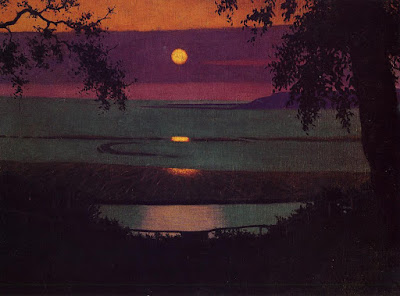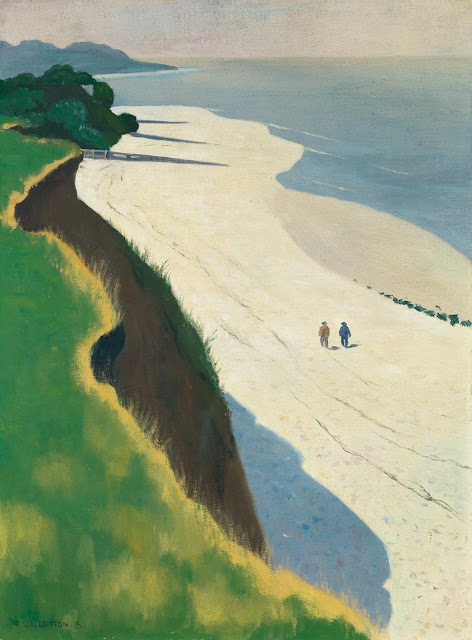
Right - Canary wharf - I have always said I should not allow myself to be impressed by Mammon, but when you are here on a a warm June day it is a bit awing.
Not my main reason for going to the Great Wen though - here's one set of reasons:
...and here's the book:
This show was at the |Imperial War Museum and I had forgotten what a weird place it is - or maybe since I visited it a long time ago my perspective on its exhibits has changed somewhat. Anyway Kennard (thanks Liam for first introducing me to him) has not lost his edge and the most recent piece -designed for the show - was a room of numbers and images which was deeply chilling
It's unpleasant to hear Tony Blair blatting on in his oily manner when you think of Kennard's image of him from the Iraq War:
The catalogue is a lovely piece of work with a very interesting binding
My other main reason for the trip was these:
The younger among our viewers might not know who this is but she was at the forefront of sculpture along with Henry Moore and it is great to see Barbara Hepworth's work again getting its due recognition at Tate Britain. I first saw it t and open air exhibition in Battersea Park in the 1960s and have always been a fan.
Needless to say a visit to Tate Modern was de rigueur and needles to say there were a couple of really interesting shows. The first was a full retro of Sonia Delaunay:
What surprised me about this was the depth of her involvement with textile and fashion and how extensive were her colour studies, let alone her painting practice; I got the feeling at times that she she sacrificed herself somewhat for her husband - Robert Delaunay - but maybe I am being a little judgemental.
The other show I saw here was another retro of Agnes Martin with whom I was not familiar.
Her work is brutally uncompromising in its geometric abstraction with grids and stripes but very delicate in its colour sense:
A review of the show in the Guardian made the point that her work did not reproduce well in print and consequently she was not as well known as other Abstract Expressionists, a group of which she considered her self a part (insofar as she attached herself to any group -she rejected the whole art world in later life and retreated to Arizona where she produced her last masterpiece a few months before her death at 92.
The other exhibition I visited merited two shots, the last being just before I left on the final morning:
This is just the list from The RA summer show and it is huge - if you ever go you will need at least two visits -the first for a survey and the second to go and look at specific pieces: eg six aquatints by Norman Ackroyd and a full room devoted to Tom Phillips book A Humument ( all its variants and editions with the original art work); also it is much better to go firs thing in the morning before it gets too crowded. What really drew me back though were the two large rooms of print -wow!
A high point of the trip was the morning spent in the Print Room of the British Museum where I had work by Kathe Kollwitz, Eric Ravilious and Eric Gill brought to my desk and I was able to spend time doing drawings from these (my scanner isn't working so I haven't been able to get my drawings onto the screen but will do if this changes). The atmosphere is so wonderful in there and one is made so welcome.
It was quite an intense trip but writing about it at this remove has been good because it has allowed me to think back and to enjoy it again. Btw went to Intagllio Printmakers and bought two burins, a roller and two small but beautiful copper plates ( I'll show the results of that later.)
Here are a few recent works:
This is my A5 note/sketchbook for the coming year which I made earlier in the summer
This is the book which will be called Handscapes and is a collection of etches I made on copper at the Printmakers during the summer - I printed them at home and bound them into a book - reasonably happy with the result.
Just to finish -this is small aquatint from one of those copper plates I mentioned - there was no previous line etching with this but I wasn't aware of the strength of the acid and I was too cautious - each stage should have been bitten for longer.... the learning process.
I will be back with more summer work

















